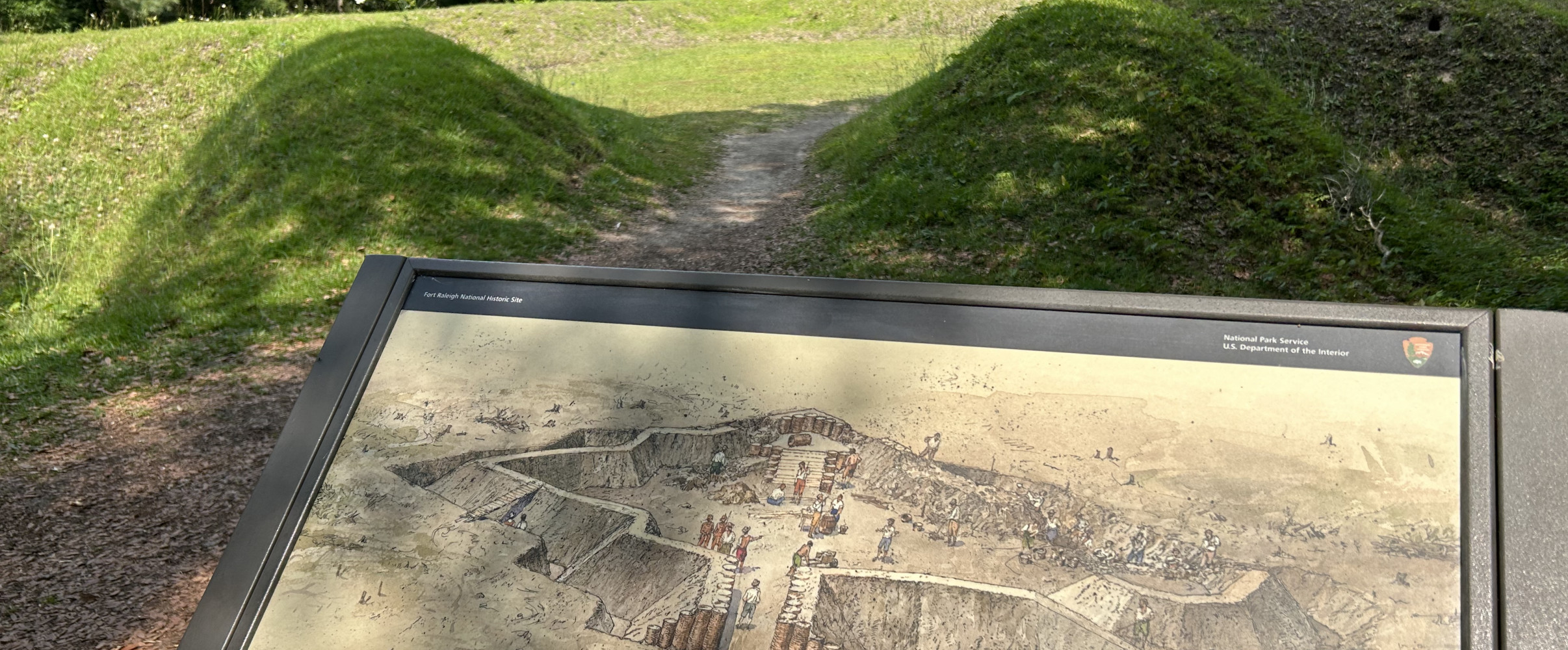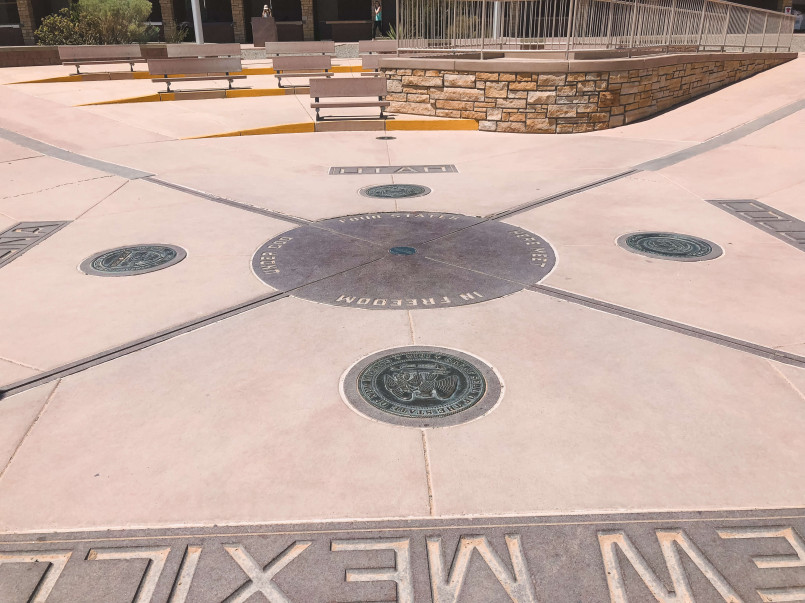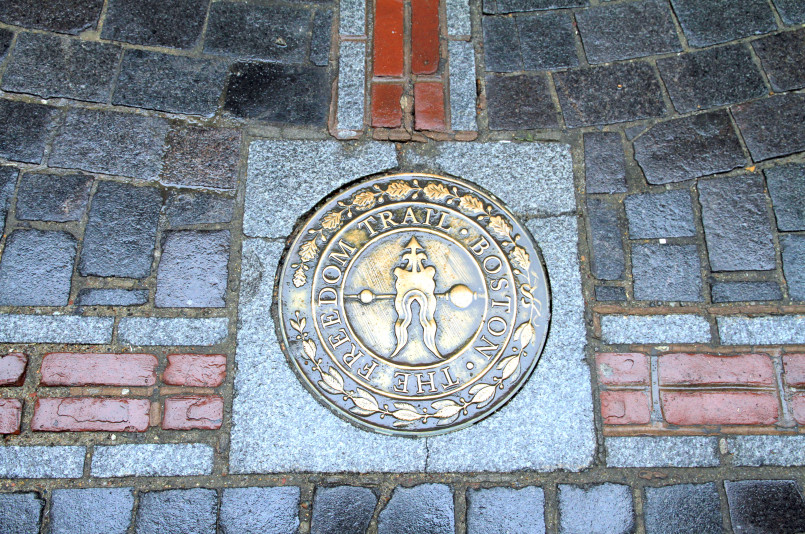In 1587, over 100 English settlers established a colony on Roanoke Island off North Carolina's coast. When their governor returned from England three years later, he found the settlement completely abandoned with no signs of struggle-just the word 'CROATOAN' carved into a post. Four centuries later, this first English attempt at American colonization remains one of history's most baffling disappearances.
Off the coast of what is now North Carolina lies the site of one of America's most enduring historical mysteries. In 1587, a group of 115-117 English settlers arrived on Roanoke Island to establish what would become known as the "Lost Colony." Their complete disappearance without clear evidence of their fate has fascinated historians, archaeologists, and amateur sleuths for over four centuries, representing America's first unsolved mystery.
The vanishing of these early colonists-men, women, and children who sought to create England's first permanent settlement in the New World-left behind only cryptic clues and endless questions. What follows is the story of their arrival, their mysterious disappearance, and the ongoing search to uncover what really happened to America's lost colonists.
Historical Background
The Roanoke Colony was not England's first attempt at settlement in this region. In 1584, Queen Elizabeth I granted Sir Walter Raleigh a charter to establish a colony in North America. The first expedition in 1585 established a military outpost of about 100 men on Roanoke Island, but these initial settlers abandoned the site in 1586 due to conflicts with local indigenous tribes and dwindling supplies.
In 1587, Raleigh organized a second attempt, this time with John White as governor. This expedition was different-it included women and children, signaling plans for a permanent civilian settlement rather than a military base. The group included White's daughter Eleanor and her husband Ananias Dare, who gave birth to Virginia Dare, the first English child born in the Americas, shortly after their arrival.
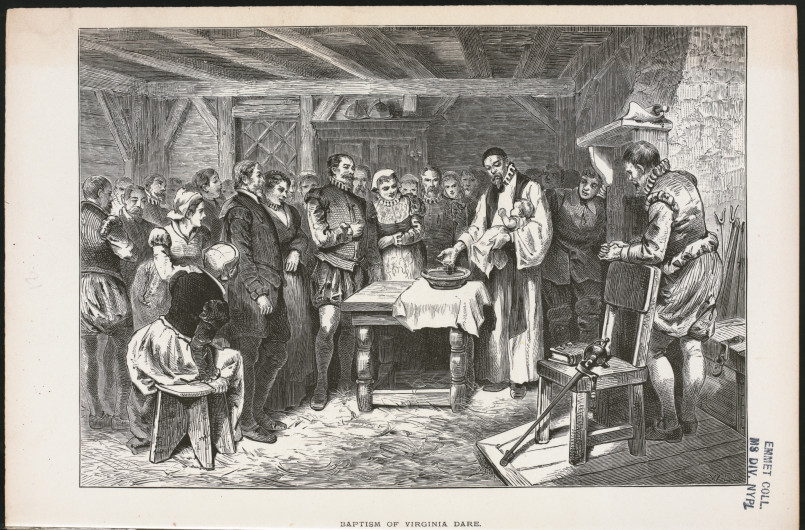
Relations with the Croatoan and other local tribes were initially friendly, but tensions with other indigenous groups in the region remained high. Facing dwindling supplies and increasing pressure, the colonists convinced Governor White to return to England for assistance in late 1587, leaving behind the settlers, including his own family.
The Disappearance
What was intended to be a brief supply mission became an extended absence. Due to the Anglo-Spanish War and England's battle with the Spanish Armada, White was unable to return to Roanoke until 1590-three years after his departure. What he discovered upon his return became one of history's most perplexing mysteries.
The colony was completely deserted. The settlers had dismantled their homes, suggesting a planned rather than hasty departure. There were no signs of a struggle or violence, no graves, and no indication of where they had gone. The only clues were the letters "CRO" carved into a tree and the word "CROATOAN" carved into a fence post.

Before White's departure, the colonists had agreed that if they moved, they would carve their destination into a tree or post. They also agreed to carve a Maltese cross if they were leaving under duress, but no such cross was found, suggesting their relocation was voluntary.
The Croatoan Clue
The word "CROATOAN" referred to a nearby island (now called Hatteras Island) and the friendly Croatoan tribe who inhabited it. This tribe, led by Chief Manteo-who had traveled to England and returned as an ally-was the most likely group to have sheltered the colonists.
White attempted to sail to Croatoan Island to search for the colonists, but a storm prevented his landing. With damaged ships and dwindling supplies, he was forced to return to England without discovering the colonists' fate. Despite his intentions, White never returned to North America to continue the search for his family and the other settlers.
The Croatoan tribe, later known as the Hatteras Indians, was described by later European contacts as having physical characteristics that suggested mixed European ancestry, including gray eyes uncommon among Native Americans. They also reportedly spoke English and had English surnames, though these accounts come from decades after the disappearance.
Leading Theories
Over the centuries, several theories have emerged to explain the colonists' disappearance:
Assimilation Theory
The most widely accepted theory is that the colonists, facing starvation and isolation, integrated with friendly Native American tribes. The Croatoan tribe is the most obvious candidate given the carving, but the colonists may have split into smaller groups and joined different communities. Archaeological evidence has suggested European items among Native settlements inland, supporting this possibility.
Relocation to Chesapeake Bay
Historical records indicate the colonists had originally planned to settle in the Chesapeake Bay area, 50 miles north. They may have attempted to reach this destination after White's departure. Captain John Smith of Jamestown reported in 1608 that Powhatan leaders claimed to have attacked white settlers who lived with the Chesapeake tribe, potentially the Roanoke colonists.

Spanish Attack Theory
Some historians suggest Spanish forces from Florida might have eliminated the colony. Spain considered the region its territory and viewed English settlements as a threat. However, Spanish records from this period contain no mention of attacking Roanoke, and the absence of violence at the site contradicts this theory.
Lost at Sea Theory
Another possibility is that the colonists attempted to return to England on self-constructed boats and perished at sea. However, the dismantled structures suggest materials were moved elsewhere rather than used for boat-building, and the "CROATOAN" message indicates a land destination.
Archaeological Discoveries
Modern archaeological efforts have provided tantalizing but inconclusive evidence. The Lost Colony Archaeological Project has uncovered numerous artifacts of European origin at Native American sites along the Albemarle Sound and Pamlico River, suggesting possible areas where colonists may have resettled.
In 2015, researchers announced the discovery of a patch on a 16th-century map drawn by John White himself, concealing what may be the intended fort location. This site, near the confluence of the Chowan and Roanoke rivers on the mainland, has yielded promising archaeological evidence of European presence.
More recently, excavations on Hatteras Island have revealed a mix of Native American and European artifacts dating to the correct period, including a signet ring possibly linked to the colonists. DNA analysis projects are ongoing, attempting to find genetic links between the Lost Colonists and current populations both in Native American communities and among residents with long family histories in the region.
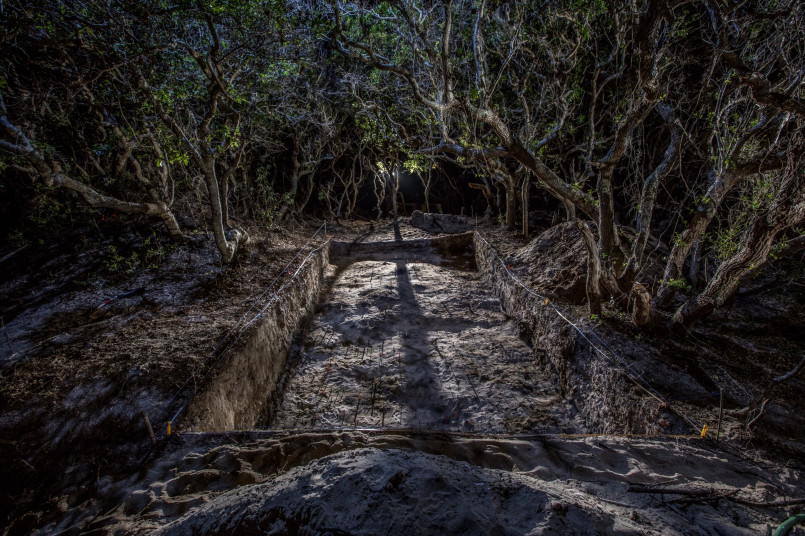
Cultural Impact
The mysterious fate of the Roanoke Colony has permeated American culture. Since 1937, the story has been dramatized in the nation's longest-running outdoor drama, "The Lost Colony," performed each summer on Roanoke Island. The enigmatic word "CROATOAN" has become shorthand in popular culture for unexplained disappearances.
Virginia Dare, as the first English child born in America, has become a symbol in American folklore, inspiring everything from statues to brands of products. The Lost Colony story has influenced countless novels, films, television episodes, and video games, cementing its place as America's first great mystery.
The enduring fascination with Roanoke speaks to something deeper in the American psyche-perhaps our complex relationship with the land's indigenous peoples, our national origin story, or simply our human attraction to unsolved mysteries. Whatever happened to those early settlers, their story represents one of history's most compelling enigmas, a question mark at the very beginning of American history.
Frequently Asked Questions About The Unsolved Mystery of Roanoke: What Happened to America's First Lost Colony?
What does the word 'Croatoan' refer to?
Croatoan referred to both a nearby island (now called Hatteras Island) and the friendly Native American tribe that inhabited it. The Croatoan tribe was led by Chief Manteo, who had actually visited England and returned as an ally to the colonists. The word carved into a post was likely meant to indicate where the colonists had relocated.
Why couldn't Governor John White return sooner to check on the colony?
John White was delayed by the Anglo-Spanish War, particularly England's conflict with the Spanish Armada, which required all available ships. Queen Elizabeth I ordered that no ships could leave England, effectively stranding White in England for three years between 1587-1590.
Is there evidence that the colonists survived by assimilating with Native Americans?
While definitive proof remains elusive, there is circumstantial evidence supporting this theory. Later European contacts reported encountering Native Americans with physical European features, English-speaking abilities, and knowledge of Christianity in the region. Archaeological findings have also discovered European artifacts at Native American sites from the appropriate time period.
Has modern technology helped solve the mystery?
Modern archaeological techniques, ground-penetrating radar, and DNA analysis have provided new insights but no definitive answer. Ongoing archaeological excavations on Hatteras Island and at a site near the confluence of the Chowan and Roanoke rivers have uncovered promising evidence. DNA projects are attempting to find genetic links between the colonists and current populations.
Who was Virginia Dare and why is she significant?
Virginia Dare was the first English child born in the Americas, born on August 18, 1587, just weeks after the colonists arrived. As the granddaughter of Governor John White, her birth symbolized the colonists' intention to establish a permanent settlement. Her fate, like the others, remains unknown, and she has become an iconic figure in American folklore.
Could the colonists have been killed by Native Americans?
While conflict with some indigenous groups was documented, the absence of bodies or signs of violence at Roanoke makes a massacre unlikely. Additionally, the agreement to carve a Maltese cross if they were under duress was not followed, suggesting their departure was voluntary. Some theories suggest a portion of colonists may have been killed after relocating to the Chesapeake region.
